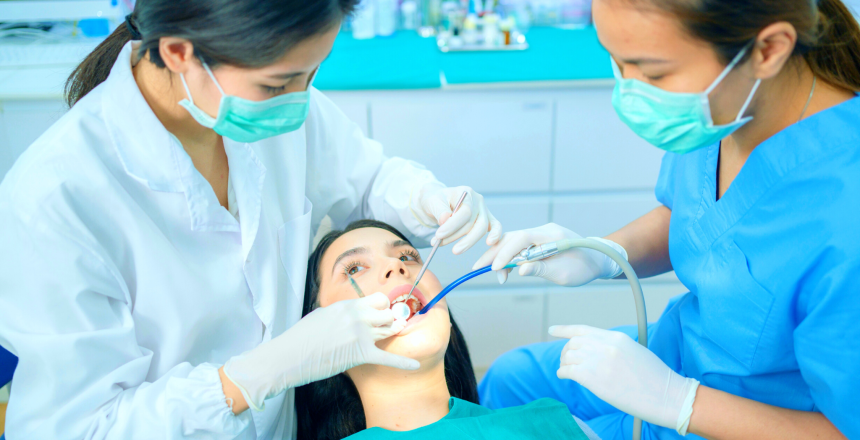Overall strong growth for medtech in 2021, expectations for 2022
In aggregate, the medtech industry managed to achieve positive growth in 2020, although relatively modest at less than 3% compared to 2019. During that year there was a sales decline for equipment associated with procedures that were deferred because the pandemic presented more urgent concerns and restricted patient movement. This included equipment for cardiology, orthopedics, ophthalmology, imaging, and non-COVID diagnostics in general. It also included many surgical products relating to cardiology, and orthopedics, as well as restorative therapies related to the brain, spine, and pain management. However, somewhat offsetting those declines was growth in equipment used for respiratory therapy, patient monitoring, and other technologies enabling connected care.
2021 saw a robust rebound of nearly 19% compared to 2020, and all product areas other than radiotherapy experienced growth. Double digit growth was seen in clinical laboratory, diabetes care, hearing care, incontinence, urology, imaging, neuromodulation, oral care, PPE, surgery, vision care, wellness, and wound care. Vamstar estimates that the results of the first quarter of 2022 will approach $210 billion.
Following is a summary of the highlights:
- The clinical lab segment experienced growth across all major geographies due to continued increases in demand for chemistry and immunoassay products. This demand has enabled expansion of clinical lab coverage for companies like Danaher, Roche and Thermo Fisher.
- Double digit growth was experienced by both Abbott and Dexcom for their diabetes care. Increased revenue was driven by continued growth of their continuous glucose monitoring systems.
- Sales for medical imaging increased over 2021, with a return to pre-pandemic levels of demand. Diagnostic imaging and ultrasound accounted for some of the highest levels of growth for GE Healthcare, Philips and Siemens—growth was primarily focused within Europe.
- While initially negatively impacted by the COVID-19 pandemic, neuromodulation was able to create increased revenue for Abbott, Boston Scientific, and Medtronic. The area has found success in uses to reduce dependency on pain relieving oral medication.
- Revenue for surgery has been mixed across suppliers. Johnson & Johnson and Stryker saw sustained or increased levels, attributed to market recovery and investments in new technologies. Medtronic, however, experienced a small decrease between 2021 compared to 2020; the company was negatively impacted by the deceleration of surgical procedure recovery and slow demand for general surgery products.
Vamstar is continually updating its forecasting models as new financial information is released, and our first quarter analysis will be provided during June. Vamstar’s medtech research portfolio splits the market into twenty segments that total $800 billion in annual revenue. Vamstar’s marketplace aggregates $2 trillion of demand for healthcare products and services using machine learning, providing real-time market insights to enable faster bidding. Vamstar provides clients with insights and perspective on what really matters by isolating cause and effect, as well as risk and opportunity, in ways that empower clients to make well-informed decisions.
Medical Technology | COVID-19 Pandemic | Cardiology | Imaging | PPE | Surgery | Forecasting Models | Healthcare Data | Machine Learning | Real-time Market Intelligence | Contract Bids | Medical Equipment | Procurement Softwares

